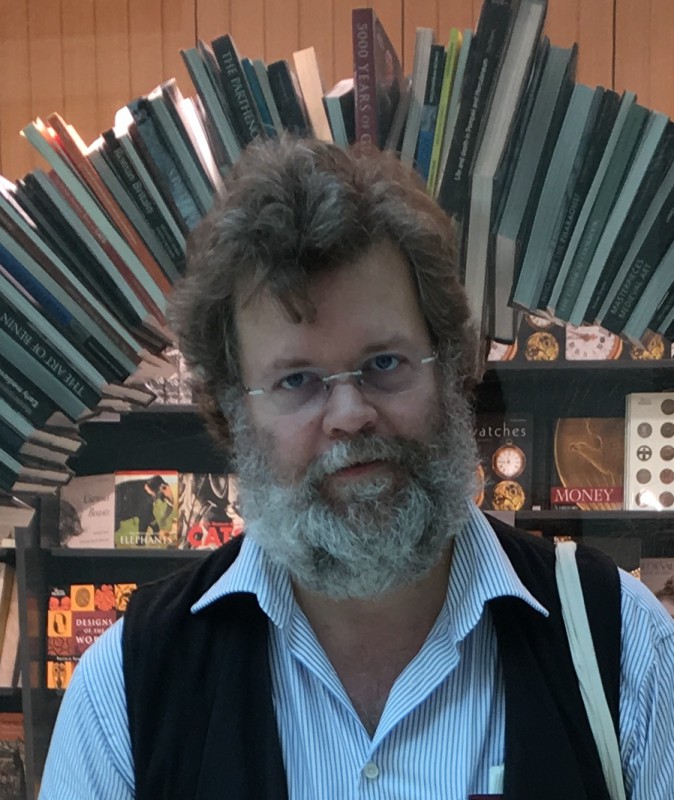KLI Colloquia are invited research talks of about an hour followed by 30 min discussion. The talks are held in English, open to the public, and offered in hybrid format.
Fall-Winter 2025-2026 KLI Colloquium Series
Join Zoom Meeting
https://us02web.zoom.us/j/5881861923?omn=85945744831
Meeting ID: 588 186 1923
25 Sept 2025 (Thurs) 3-4:30 PM CET
A Dynamic Canvas Model of Butterfly and Moth Color Patterns
Richard Gawne (Nevada State Museum)
14 Oct 2025 (Tues) 3-4:30 PM CET
Vienna, the Laboratory of Modernity
Richard Cockett (The Economist)
23 Oct 2025 (Thurs) 3-4:30 PM CET
How Darwinian is Darwinian Enough? The Case of Evolution and the Origins of Life
Ludo Schoenmakers (KLI)
6 Nov (Thurs) 3-4:30 PM CET
Common Knowledge Considered as Cause and Effect of Behavioral Modernity
Ronald Planer (University of Wollongong)
20 Nov (Thurs) 3-4:30 PM CET
Rates of Evolution, Time Scaling, and the Decoupling of Micro- and Macroevolution
Thomas Hansen (University of Oslo)
RESCHEDULED: 18 Dec (Thurs) 3-4:30 PM CET
Chance, Necessity, and the Evolution of Evolvability
Cristina Villegas (KLI)
8 Jan 2026 (Thurs) 3-4:30 PM CET
Embodied Rationality: Normative and Evolutionary Foundations
Enrico Petracca (KLI)
15 Jan 2026 (Thurs) 3-4:30 PM CET
On Experimental Models of Developmental Plasticity and Evolutionary Novelty
Patricia Beldade (Lisbon University)
29 Jan 2026 (Thurs) 3-4:30 PM CET
Jan Baedke (Ruhr University Bochum)
Event Details

Topic description:
Where does novelty come from? The ability to innovate (i.e., to generate novel features or behaviors) is a defining characteristic of evolving and complex systems, and as such has been the subject of many research efforts. Biological, technological, socioeconomic, political and cultural transformations all presuppose that at some point in time “novelties” occur. Are there commonalities in the underlying processes generating novelty across domains? The possibility that such commonalities exist, and that they can form the basis of a theory of invention based on these common features, has been the topic of several recent theoretical proposals. In this talk I will summarize these attempts and focus especially on the role of regulatory networks in governing innovation processes. Understanding how regulatory structures affect the ability of systems to innovate or to respond to specific new challenges is important for all attempts to steer social, technological or economical systems into specific directions. Furthermore, understanding the role of regulatory structures also helps us to see the limits to innovation. This is especially important in light of a dominant paradigm that sees innovation as the answer to many societal challenges. This talk will address the following questions, starting from biological systems but with the goal to reach more generally applicable insights:
- What constitutes novelty? How can it be recognized? Formally described? Quantified? Compared?
- What are the necessary conditions for a system to invent?
- What sort of formal description (theory of novelty) could be developed that would encompass invention across domains?
Biographical note:
Manfred D. Laubichler is President’s Professor of Theoretical Biology and History of Biology at Arizona State University and a Professor at the Santa Fe Institute. He is director of the Global Biosocial Complexity Initiative at ASU and a member of the Scientific Advisory Board of the KLI and the Complexity Science Hub Vienna.


